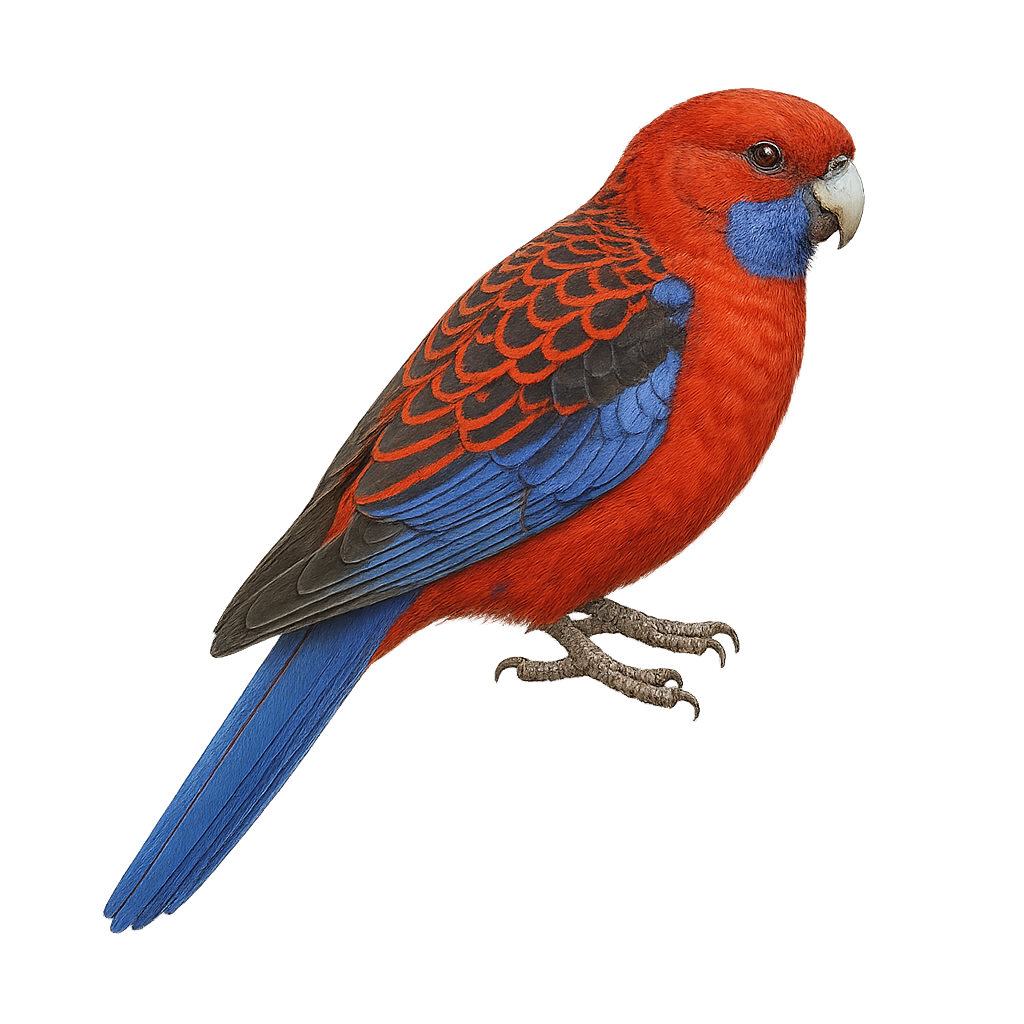Your wildlife photography guide.
Explore the crimson rosella in detail, study its behavior, prepare your shots.
Where to observe and photograph the crimson rosella in the wild
Learn where and when to spot the crimson rosella in the wild, how to identify the species based on distinctive features, and what natural environments it inhabits. The WildlifePhotographer app offers tailored photography tips that reflect the crimson rosella’s behavior, helping you capture better wildlife images. Explore the full species profile for key information including description, habitat, active periods, and approach techniques.
Crimson Rosella
Scientific name: Platycercus elegans

IUCN Status: Least Concern
Family: PSITTACIDAE
Group: Birds
Sensitivity to human approach: Suspicious
Minimum approach distance: 10 m
Courtship display: September to November
Incubation: 19-21 jours
Hatchings: September to December
Habitat:
Wet forests, woodlands, urban gardens
Activity period :
Primarily active during the day, with peak activity in the morning and late afternoon.
Identification and description:
The Crimson Rosella, or Platycercus elegans, is a vibrant bird native to Australia. It is easily identified by its bright red plumage, contrasted with blue feathers on its wings and tail. Juveniles have a duller, often greenish plumage that transitions to the vivid colors of adults. It primarily inhabits wet forests, woodlands, and urban gardens. Sociable by nature, it often moves in small groups. Its diet is varied, including seeds, fruits, flowers, and insects. Although its habitat is threatened by deforestation, it remains relatively common. Its adaptability to human-modified environments aids its survival.
Recommended lens:
400 mm – adjust based on distance, desired framing (portrait or habitat), and approach conditions.
Photography tips:
To photograph the Crimson Rosella, focus on wet forests or urban gardens where it is frequently found. Use a telephoto lens of at least 400mm to capture details without disturbing the bird. Be patient and observe its feeding habits to anticipate its movements. Morning or late afternoon light is ideal to highlight its vibrant colors. Stay discreet and avoid sudden movements to prevent scaring it away.
The WildlifePhotographer App is coming soon!
Be the first to explore the best nature spots, track rutting seasons, log your observations, and observe more wildlife.
Already 1 429 wildlife lovers subscribed worldwide

